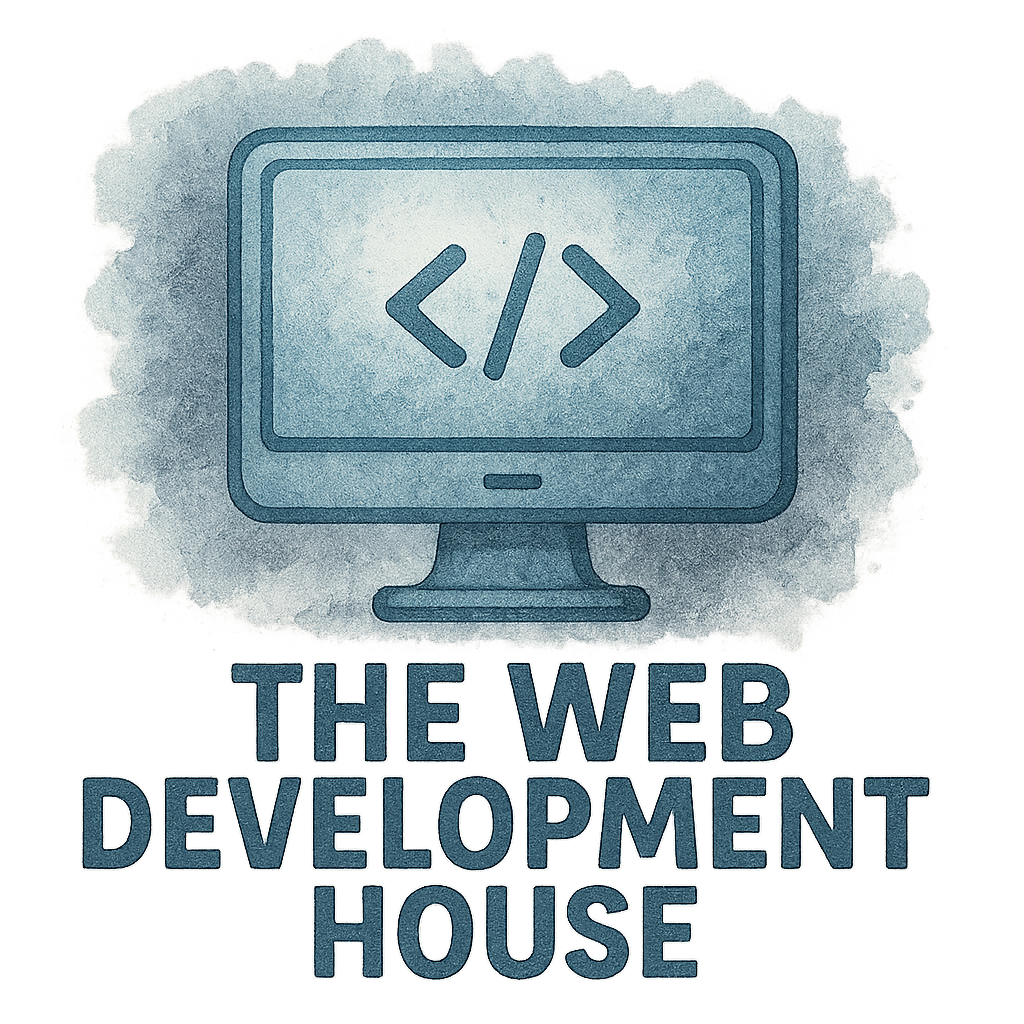Introduction
Design isn’t just about pretty pixels anymore—it’s about how products feel, function, and drive real value. At modern development houses like The WD House, design trends are shaping how dev teams build, scale, and innovate digital products. Let’s explore the top 10 game-changing design trends that every forward-thinking dev house should know.
1. Minimalist UI/UX Design
Why Less Is More
Clean interfaces are king. Minimalist design is more than just white space—it’s clarity, focus, and elegance in functionality. With fewer distractions, users find what they need faster. It also complements agile development cycles by simplifying components.
Enhanced Load Times & Accessibility
Streamlined design reduces visual clutter and page weight, which improves loading speed—a ranking factor Google loves. It also pairs well with accessibility tools, promoting best practices in inclusive design.
2. Dark Mode Dominance
Reduced Eye Strain & Sleek Appeal
Dark mode has become a user favorite, and for good reason. It saves battery life on OLED screens and reduces glare, creating a sleek modern look that feels premium.
Implementation Tips for Dev Teams
Implement a toggle in your UI. Ensure color contrast meets accessibility standards. And always test across devices before release.
3. Microinteractions for Better UX
Tiny Animations, Huge Impact
Whether it’s a heart icon animation or a button ripple, microinteractions enhance engagement. They’re the difference between static apps and emotionally engaging ones.
Where to Use Microinteractions
Think of confirmation cues, hover effects, or onboarding tutorials. These subtle motions make interfaces intuitive and fun.

4. Neumorphism & Soft UI
Blending Realism and Minimalism
Neumorphism combines skeuomorphism and flat design. It’s soft, subtle, and gives depth with light and shadow, enhancing tactile feeling in digital interfaces.
Best Use Cases in Web Development
Use sparingly in dashboards or app cards. When overdone, it hurts usability. But in moderation, it adds a delightful touch to web development.
5. Mobile-First Design Priorities
Designing for Smaller Screens First
With most users on mobile, it makes sense to design for smaller screens first. Then scale upward.
Why Dev Houses Should Embrace It
It simplifies layouts, prioritizes core features, and aligns with mobile development goals. Dev houses should adopt this to stay competitive.
6. Voice User Interfaces (VUIs)
Rise of Voice Assistants
Voice tech like Alexa, Siri, and Google Assistant is booming. Designing VUIs enhances accessibility and offers hands-free navigation.
Integrating VUIs in Apps
Use APIs to integrate voice commands into your mobile apps. It’s especially useful in accessibility and productivity apps.
7. 3D Elements & Immersive Interfaces
WebGL & CSS3 Applications
Thanks to tools like WebGL and advanced CSS3, 3D elements are popping up everywhere—especially in hero sections or interactive product demos.
Performance Considerations
Keep an eye on performance. Use lazy loading and compress 3D assets. A great example is found in this design tag.
8. Design Systems & Consistency
Why Design Systems Matter
Design systems help teams maintain visual and functional consistency. Think components, style guides, and tokens. They’re the secret sauce for scaling fast.
Productivity & Scalability for Dev Houses
With a proper design system, your team spends less time reinventing and more time building. It’s a core value of smart dev houses.
9. Accessibility-First Design
Designing for Everyone
Accessibility isn’t optional. It’s critical. From color contrast to screen readers, inclusive design ensures your product works for everyone.
Tools to Help Meet Accessibility Standards
Leverage tools like Axe, Wave, or Lighthouse. These help you bake accessibility into every design sprint.
10. Augmented Reality (AR) Integration
Expanding the Digital Experience
AR isn’t just for gaming. From furniture previews to educational overlays, AR enriches the user journey.
AR for Mobile Development
Platforms like ARKit and ARCore are empowering devs to create AR-ready apps. Great for those diving into mobile app innovation.
How These Trends Impact Development Houses
Culture of Innovation
At its core, these trends spark creativity and fuel a culture of innovation—hallmarks of a thriving development house.
Aligning With Core Values
Modern dev houses embrace these trends to stay aligned with company culture and user-first values.
Conclusion
Design trends aren’t just fashion statements. They’re powerful drivers of better user experience, business value, and brand loyalty. For dev houses aiming to stay ahead, it’s time to integrate these trends into your everyday practice.
FAQs
Q1: What is the biggest design trend in dev houses today?
Minimalist UI/UX continues to dominate due to its clarity and functionality.
Q2: Is dark mode really necessary?
It’s become an industry standard. Users expect it, especially for mobile and web apps.
Q3: How do microinteractions help users?
They offer feedback, guidance, and emotional engagement, making interfaces feel alive.
Q4: Should every project use neumorphism?
No, use it selectively where aesthetics don’t compromise usability.
Q5: What tools can help implement design systems?
Try Figma, Storybook, and Zeroheight for design and dev alignment.
Q6: Is voice UI hard to implement?
Not really. Tools like Google Dialogflow or Alexa Skills Kit make it manageable.
Q7: What’s the future of design in dev houses?
Expect more AI-driven personalization and immersive experiences powered by AR and VR.

